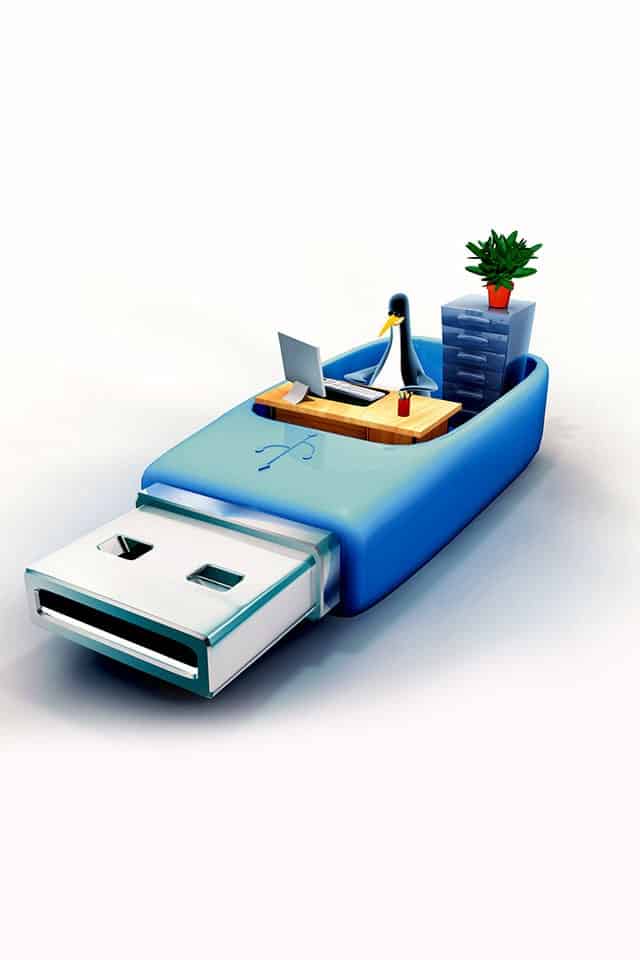HOME OFFICE DEDUCTION
For employees:
As an employee if you perform some of your work from a home office, you may be entitled to a deduction for the running costs including:
- for home office equipment, such as computers, printers and telephones, the cost (for items costing up to $300) or decline in value (for items costing $300 or more)
- work-related phone calls (including mobiles) and phone rental (a portion reflecting the share of work-related use of the line) if you can show you
- are on call, or
- have to phone your employer or clients regularly while you are away from your workplace
- heating, cooling and lighting
- the costs of repairs to your home office furniture and fittings
- cleaning expense

An employee can’t claim a deduction for occupancy expenses, including rent, mortgage interest, council rates and house insurance premiums.
Method 1: The ATO accepts the claim amount under a fixed flat-rate/per hour (also have a diary showing working hours).
Method 2: You may use the exact expense ratios to claim percentages of the running costs like: home office equipment, computers, printers and telephones, the cost (for items costing up to $300) or decline in value (for items costing $300 or more), work-related phone calls (including mobiles) and phone rental (a portion reflecting the share of work-related use of the line) if you can show you are on call, or have to phone your employer or clients regularly while you are away from your workplace; heating, cooling and lighting; the costs of repairs to your home office furniture and fittings and portion of cleaning expenses.
Record you need to keep:
All receipts for:
- home office equipment used for work purposes
- repairs to the home office or furniture and equipment used for work purposes
- cleaning expenses of home office
- any other day-to-day running expenses for the home office
Records of home expenses.
HOME OFFICE
Where your home is also your place of business, you can claim deductions if you carry out income-producing work at home and incur expenses in using your home for that purpose.
You can claim a deduction for the following:
Running costs:
The cost of using a room’s utilities, such as gas and electricity – which must be apportioned between business and private use, based on actual usage.
Business phone costs – if a telephone is used exclusively for business, you can claim for the rental and calls, but not the installation costs. If the telephone is used for both business and private calls, you can claim a deduction for business calls.
Decline in value (depreciation) of office plant and equipment, such as desks, chairs, computers. If equipment such as a computer is also used for non-business purposes, your claim must be apportioned between business and private use.
Decline in value (depreciation) of curtains, carpets and light fittings.
Ocupancy expenses:
(Such as rent, mortgage interest, insurance, rates). You can claim the portion of these costs that relates to the room or workshop you use as a place of business. A common method of working out how much to claim is the floor area (as a proportion of the floor area in your whole home).
If your employer has an office in the city or town where you live, your home office will not be a place of business, even if your work requires you to work outside normal business hours.
If your income includes personal services income (PSI), you may not be able to claim a deduction for occupancy expenses.
Capital gains exemption reduced
Generally, you can ignore a capital gain or loss you make when you sell your home or main residence (under the main residence exemption).
However, you don’t get the full main residence exemption if your home is your principal place of business, although you’re probably entitled to a partial exemption.
To work out the capital gain that is not exempt, you need to take into account a number of factors including:
- Proportion of the floor area of your home that is set aside to produce income
- Period you use it for this purpose
- Whether you’re eligible for the ‘absence’ rule (see Treating a dwelling as your main residence after you move out)
- whether it was first used to produce income after 20 August 1996.
If you first used your home as your place of business after 20 August 1996, the period before you first used your home to produce income is not taken into account in working out the amount of any capital gain or capital loss. Instead, you use the market value of your home at the time you first used it to produce income.
It’s a good idea to get a valuation of your home at the time you first use it as your place of business, so that when you come to sell it you don’t pay more capital gains tax than necessary.
The following table set out the deductions you may be able to claim if your home is not your principal place of business.
| Deductions you may be able to claim | You do have a work area | You don’t have a work area |
|---|---|---|
| Cost of using a room’s utilities such as gas and electricity | Yes | Yes |
| Work-related phone costs | Yes | Yes |
| Decline in value (depreciation) of office plant and equipment such as desks, chairs and computers | Yes | Yes |
| Decline in value (depreciation) of curtains, carpets and light fittings | Yes | No |
| Occupancy expenses such as rent, mortgage interest, insurance and rates | Yes | Yes |
